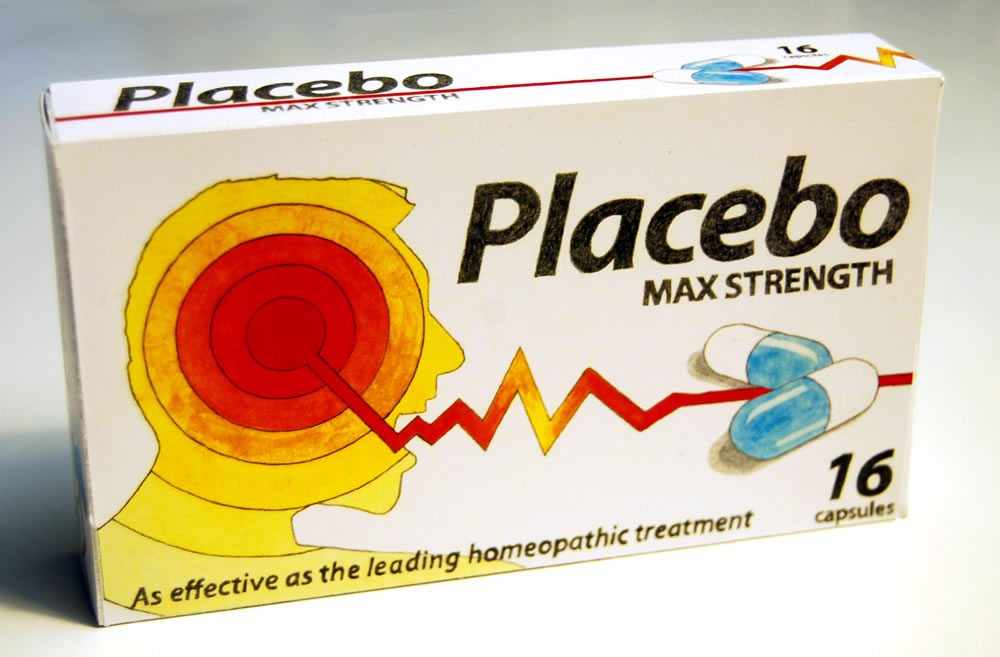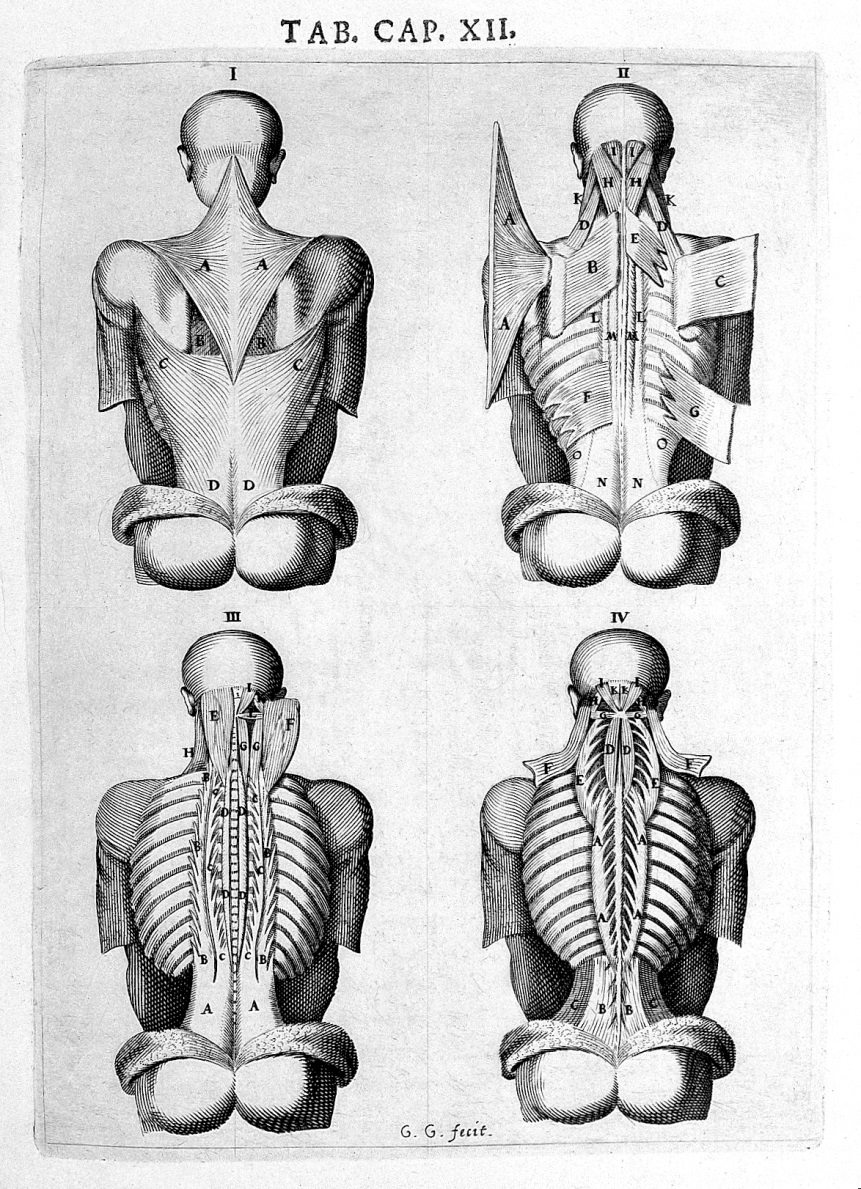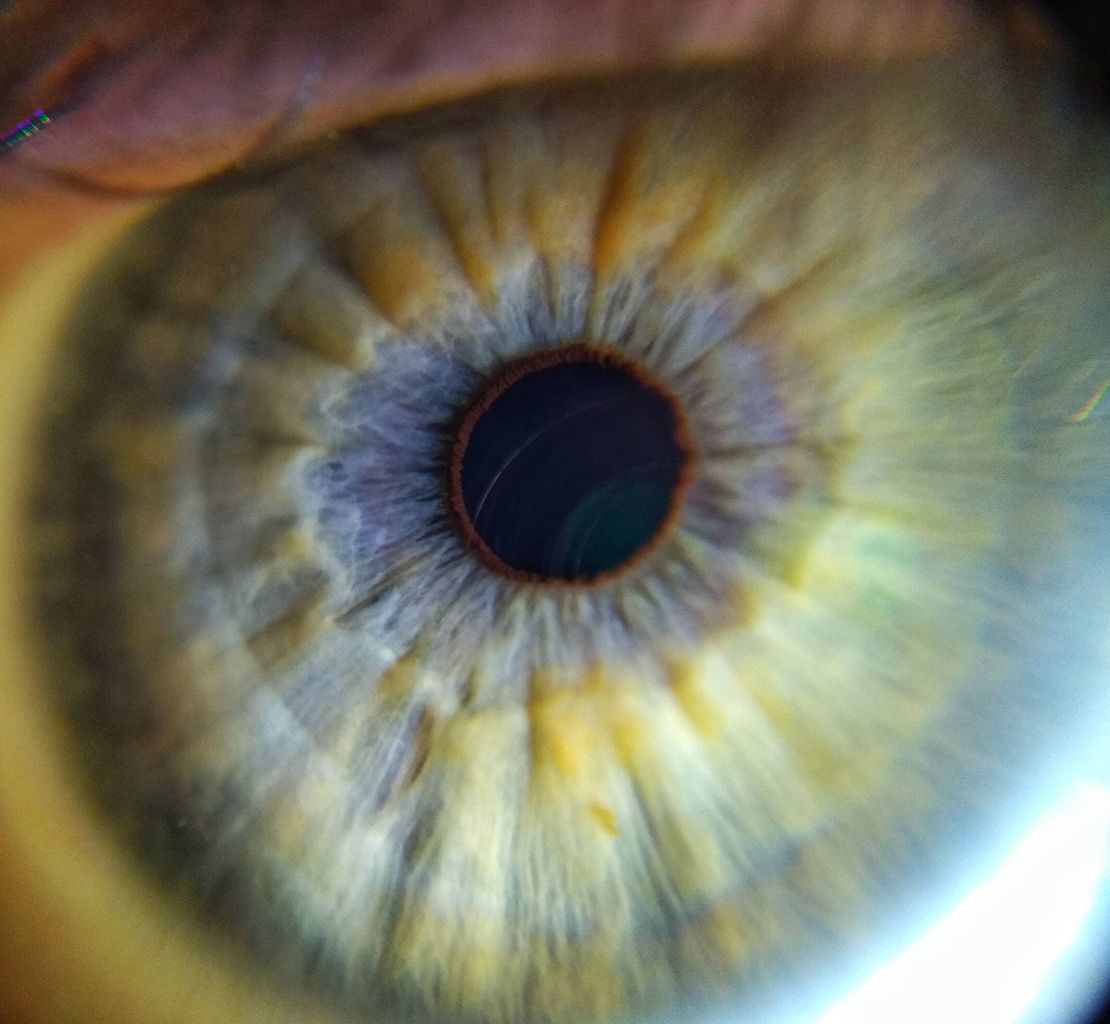Results for: acupuncture

The rebranding of CAM as “harnessing the power of placebo”
If there’s one thing I’ve learned over the past seven years or so that I’ve been blogging, first at my other “super secret” (or, more accurately, super “not-so-secret”) blogging location, and then the four years I’ve been blogging here at Science-Based Medicine (SBM), it’s that the vast majority of “alternative medicine,” “complementary and alternative medicine” (CAM), and “integrative medicine” (IM) treatments (or...
On the “individualization” of treatments in “alternative medicine,” revisited
As I contemplated what I’d like to write about for the first post of 2012, I happened to come across a post by former regular and now occasional SBM contributor Peter Lipson entitled Another crack at medical cranks. In it, Dr. Lipson discusses one characteristic that allows medical cranks and quacks to attract patients, namely the ability to make patients feel wanted,...

Subluxation Theory: A Belief System That Continues to Define the Practice of Chiropractic
Chiropractic as a profession is defined by the subluxation theory, the unfalsifiable belief that disease is caused by impaired nerve flow. No proof exists for this theory, and likely never will.
Strains, sprains and pains
What do you think would happen if you gave a bunch of “complementary and alternative medicine” practitioners access to a big pot of money — say, up to $10,000 per patient — and let them treat patients virtually without restriction, hampered only by a fee schedule. No utilization review, no refusal based on a treatment being “experimental” — none of the usual...

Shilling for traditional Chinese medicine: Nature leaves its readers a lump of coal before Christmas
I’ve subscribed to Nature for many years now, even though I don’t always read it. Nature is one of the oldest and most respected scientific journals around. It’s been around since 1869 and is said to be the world’s most cited journal. What makes Nature unusual these days is that it’s one of the last of the remaining general science journals and...

Iridology
Iridology claims that it can diagnose diseases through a careful examination of the iris. Unsurprisingly, there is no proof for this, and when tested it fails spectacularly.
Alas poor Craniosacral. A SCAM of infinite jest, of most excellent fancy.
It is hard to Sokalize alternative medicine. The closest has been buttock reflexology/acupuncture, but that is a tame example. Given the propensity for projections of the human body to appear on the iris, hand, foot, tongue, and ear, postulating a similar pattern on the buttocks are simple variations on a common SCAM (Supplements, Complementary and Alternative Medicine) theme. The buttocks? Not really...
Defending CAM with Bad Logic and Bad Data
At SBM our mission is to promote the highest standards of science in medicine, and to explore exactly what that means, both in the specific and the general. We do spend a lot of space criticizing so-called CAM (complementary and alternative medicine) because it represents a semi-organized attempt to reduce or even eliminate the science-based standard of care, and to sow confusion...
A Seal of Approval
I have never belonged to the American Medical Association. As a student I didn’t want to pay the dues. As a practicing physician I am of the opinion that the AMA has two often mutually exclusive goals (promoting physician income and patient care) and they are doing both badly. In the 1990’s the AMA entered into a contract with Sunbeam to get...
Pediatrics & “CAM” II: just wrong
In November, the journal Pediatrics published an entire supplement devoted to Pediatric Use of Complementary and Alternative Medicine: Legal, Ethical and Clinical Issues in Decision-Making. The authors purport to have “examined current legal, ethical, and clinical issues that arise when considering CAM use for children and identified where gaps remain in law and policy.” (S150) Their aim is to “illustrate the relevance...

